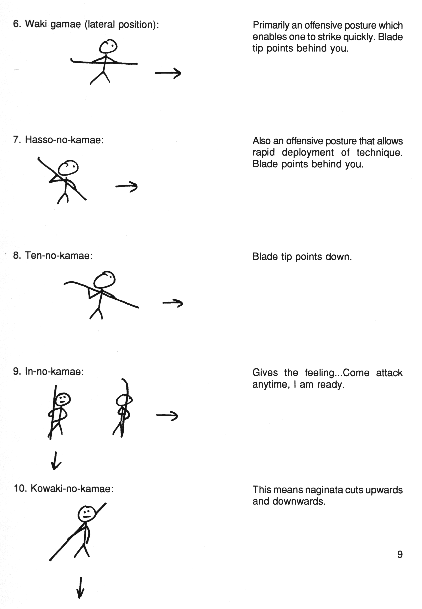


Yajiri nari yari (鏃形槍, spade-shaped spear) had a very broad "spade-shaped" head.kikuchi yari are the only yari which use a habaki. This created a weapon that could be used for hacking and closely resembled a tantō. Kikuchi yari (菊池槍, spear of Kikuchi) were one of the rarest designs, possessing only a single edge.The fukuro yari was forged as a single piece of both socket and blade. Fukuro yari (袋槍, bag spear or socket spear) were mounted to a shaft ( nagaye or ebu) by means of a metal socket instead of a nakago (tang).Ryō-shinogi yari, a blade with a diamond shaped cross section.There are two types of sankaku yari, sei sankaku yari are yari blades that have a triangular cross section with three equal sides as in an equilateral triangle, and hira sankaku yari which have a triangular cross section with two equal sides like an isosceles triangle. The sankaku yari was therefore best suited for penetrating armor, even armor made of metal, which a standard yari was not as suited to. A sankaku yari therefore had no cutting edge, only a sharp point at the end. Sankaku yari (三角槍, triangle spear) have a point that resembles a narrow spike with a triangular cross-section.

Yari can also be distinguished by the types of blade cross section: the triangular sections were called sankaku yari and the diamond sections were called ryō-shinogi yari. Though yari is a catchall for spear, it is usually distinguished between kama yari, which have additional horizontal blades, and simple su yari ( choku-sō) or straight spears. This type of blade could cut as well as stab and was sharpened like a razor edge. The most common blade was a straight, flat, design that resembles a straight-bladed double edged dagger. Various types of yari points or blades existed.


 0 kommentar(er)
0 kommentar(er)
